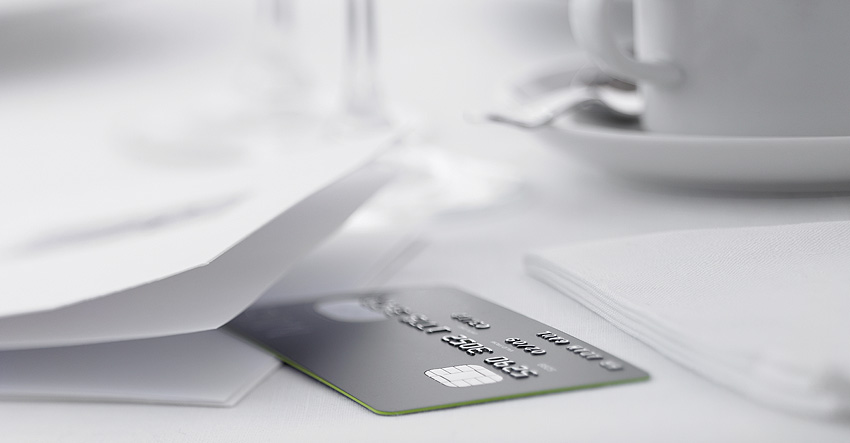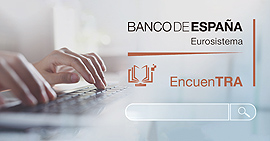Possible benefits of your cards
20/01/2022
We often replace cash with other means of payment based on technological developments that, when used properly, are very useful, make procedures easier, save us time and support the development of certain economic sectors or geographical areas.
While payment cards may not be new in the true sense of the word, their form and functionalities have changed. In addition to the traditional “plastic” card, we now have virtual ones too; you can activate and block them as needs be on your bank’s website or in its app; and you can add them to payment apps on your smartphone or smartwatch and pay using these devices as if you were using the actual card. And you can of course use them to make all manner of payments online.
Furthermore, when paying with your credit card you will often be offered the option of spreading charges exceeding a certain amount over three or more monthly instalments. The purchase would be charged to that card’s credit limit.
You might be offered the chance to spread the payment at the POS when paying at the store, or later on in your bank’s app or on its website (you might receive an email or text message saying that this option is available to you).
You should consider the following:
- It’s a different payment method from the one you typically use on your card, be it purchases charged interest free at the end of the month or revolving credit, and only applies to the specific charges you choose.
- Purchases are charged to your pre-approved credit limit.
- Spreading the payment can be free, but you might also be charged interest, a fee or both.
- These terms and conditions should be reflected in the agreement you signed, or in any updated terms that your bank might have notified you of, but if you’ve not used this payment method you probably don't remember them. It is important to review all the credit payment methods your card supports.
While spreading the cost might be very tempting, always remember that it incurs a debt that you’ll eventually have to repay. Don’t authorise it with your PIN or the one-time password (OTP) the bank sends you without being fully aware of the terms and conditions that will be applied (rates, maturity, fees, APR, early repayment, cooling-off period, etc.), and ask yourself what will happen if you return the product you financed (whether or not the financing is cancelled in the store when you return the product or whether you need to sort the early repayment out with your bank).
Pay attention to what you’re offered! Don’t mix up this deferred payment offered by your bank based on a pre-existing contract (your card and its options) with other point-of-sale lending from banks you have no relationship with and with which you’ll have to enter into a financing agreement, after reading and understanding the pre-contractual information they are required to provide you with. We told you about this a few months ago in this post.



